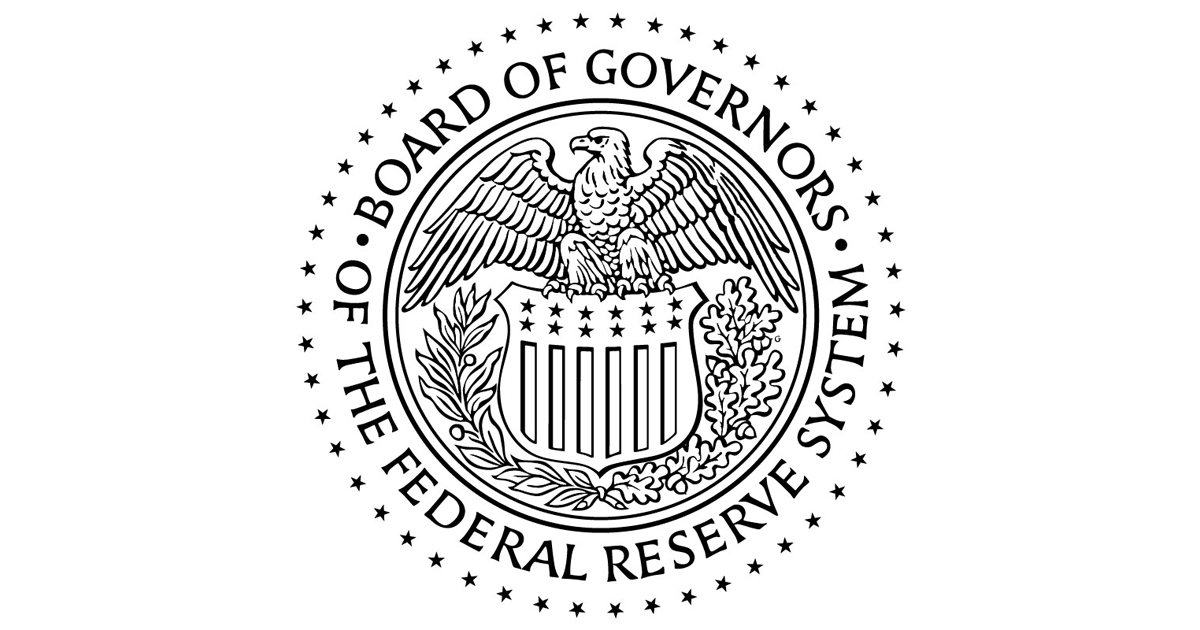PLASREC 2023. Source | Aimplas
Aimplas, the Plastics Technology Centre (Valencia, Spain), announces the third edition of its International Plastics Recycling Seminar, PLASREC,…

PLASREC 2023. Source | Aimplas
Aimplas, the Plastics Technology Centre (Valencia, Spain), announces the third edition of its International Plastics Recycling Seminar, PLASREC,…

Meghan Markle and Prince Harry’s…

TERRY GROSS, HOST:
This is FRESH AIR. Taylor Swift’s new album, “The Life Of A Showgirl,” is her 12th studio album and arrives at a time when Swift dominates not just the music industry but American pop culture itself….

Prince William and Prince Harry may…

Stress. Financial worries. Loneliness. Personal safety. Physical health. The list goes on. For the past four years, our research has shown that mental or emotional health decline have been among the top 5 employee worries, especially among workers in younger generations. Our Health on Demand research has shown that across all ages, nearly half of employees are concerned about physical, mental, or cognitive health decline.
These numbers begin to underscore the importance of World Mental Health Day as a reminder to organizations of the need to prioritize employee well-being.
Despite the increased connectivity of today’s tech-enabled world, nearly 4-in-10 employees globally are concerned about loneliness (36%), according to Mercer Marsh Benefits (MMB) Health on Demand 2025. And it’s important to note that mental health issues are connected in myriad ways; loneliness, for example, is linked to overall mental health decline, increased stress, and physical health problems.
While our modern environment of working from home produces advantages for many — such as decreased commuting expenses and increased flexibility — it also can increase social isolation, which is frequently tied to depression and anxiety. Furthermore, our Health on Demand 2025 study found that remote workers had less knowledge than onsite or hybrid employees on where to find information on their employer-sponsored benefits. Strong communication on employer offerings is therefore key, but fostering a culture of connection is another important way employers can help employees manage loneliness and social isolation. It can be helpful to encourage virtual and in-person interactions, including mentorships, peer support programs, team-building initiatives, and social activities.
Cognitive health is vital for productivity, decision-making, and innovation, yet 46% of employees are concerned about cognitive decline, such as memory loss and reduced thinking skills, according to our 2025 Health on Demand study.
Employers can take a number of steps to promote brain health, such as encouraging mental exercises, continuous learning, and skill development. They should also support routines that include healthy activities and breaks and provide access to mental health resources.
It would be a rare individual who didn’t, at least occasionally, feel some level of stress at work. In fact, a mild amount of stress is good and increases performance, but when stress goes too far it can have deleterious effects. Over 45% of employees said they feel stressed most days at work. These numbers are highest among those who operate vehicles or heavy equipment (53%), followed by those who work outdoors (51%), have a job that involves health and safety (51%), and work for more than one employer (51%).
Like other mental health issues, stress has significant consequences for employers. Burnout is a leading cause of employee turnover and disengagement; 62% of those who said they are actively looking for a new job said they feel stressed most days at work. Along with potentially high turnover rates and difficulty attracting talent, employers could see increases in absenteeism, errors, accidents, and healthcare claims among stressed employees. In many companies, we have seen very high increases in short term disability claims for mental health concerns, second only to maternity leave.
Solutions that employers can use to help manage employee stress include promoting work-life balance and flexible working arrangements, recognizing and addressing workload issues, providing mental health support and resilience training, and cultivating a supportive and inclusive workplace culture. Additionally, many companies are placing greater emphasis on employees not accessing work during non-work times like nights, weekends, and vacation — people need a mental break to keep fresh and avoid burnout.
Apart from being the right thing to do, there are solid business reasons to invest in employees’ mental health. Globally, depression and anxiety cost an estimated $1 trillion annually in lost productivity, with 12 billion workdays lost each year due to mental health issues, according to the World Health Organization; at least one in eight people around the world is suffering with a mental health disorder.
Mental health deterioration ranked second in severity as a people risk for businesses, behind only ineffective leadership, according to HR and risk professionals surveyed for MMB’s 2024 People Risk. By providing mental health related benefits, organizations can help improve employee engagement and retention, reduce healthcare and disability claims, and enhance organizational resilience and reputation.
For example, mental health screenings to identify potential concerns was viewed as the third-most valuable benefit among Gen Z employees and fourth among Millennials, according to MMB’s 2025 Health on Demand report. For both groups, that’s higher than such potential benefits as coverage or discounts for routine doctor’s visits and prescription drugs, training in new skills and technology, and more.
Employees want help to be available: The majority of those facing mental health issues are likely to seek care, advice, or self-treat. Only 6% of employees that said they needed help coping with anxiety or depression said they would not seek care of some sort. (Interestingly, 17% said they would seek information or self-treat using generative AI or the internet.)
World Mental Health Day reminds us of the importance of treating mental health as a cornerstone of a thriving workplace. Investing in employee well-being is both a moral obligation and a strategic business decision, one that can be a cornerstone of a healthier, happier workplace.

One of the most pressing issues is equitable access to newly approved cancer agents. While groundbreaking therapies are continually being developed and brought to market, the reality is that not all patients, particularly those in underserved…

Last month, United announced they had cut losses from £113.2m to £33m for the year to June 2025.
This followed two rounds of redundancies, during which more than 400 people lost their jobs, including many long-term staff members. Scouting is…

“I don’t think God is through with me and I ain’t done workin’,” Country Music Hall of Famer Dolly Parton said in a video on Oct. 8, as she reassured fans who have been worried about the singer.
The video comes after online…

Huntr/x are still goin’ up, up, up around the world.
While reflecting on KPop Demon Hunters’ international success, the lead singers of the Netflix film EJAE, Audrey Nuna and Rei Ami shared their most golden fan encounters.
“I went to…

Please enable JavaScript if it is disabled in your browser or access the information through the links provided below.
October 08, 2025
For release at 2:00 p.m. EDT
The Federal Reserve on Wednesday released the minutes of the Federal Open Market Committee meeting that was held on September 16–17, 2025.
The minutes for each regularly scheduled meeting of the Committee are generally published three weeks after the day of the policy decision. The descriptions of economic and financial conditions contained in these minutes are based solely on the information that was available to the Committee at the time of the meeting.
The minutes can be viewed on the Board’s website.
For media inquiries, e-mail [email protected] or call 202-452-2955.
Minutes of the Federal Open Market Committee
September 16–17, 2025: HTML | PDF
Last Update:
October 08, 2025